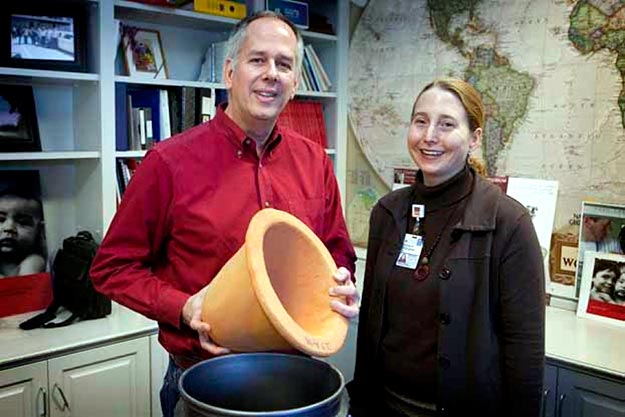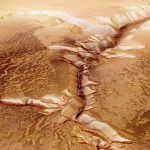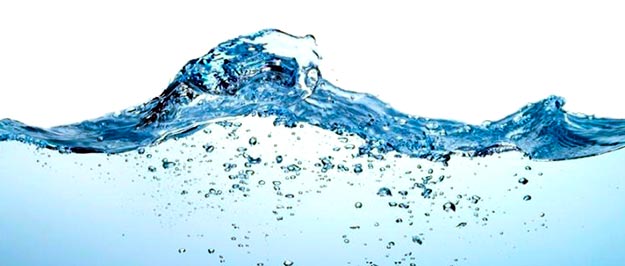Clean water. It’s something most of us take for granted. We turn on a faucet and don’t give a second thought that the water coming out of it for cooking, cleaning and drinking is pure and safe.
For many around the world, however, this can be a risky assumption. The supply of healthy water can’t keep up with the demands of increasing populations, as well as the effects of climate change. But scientists are developing a technology that can help address this crisis using something we do have plenty of: sunlight.

More than 2 billion people worldwide live without access to safe, clean water. As the problem is exacerbated by climate change, scientists have come up with a new solution using sunlight, a plentiful resource.
The United Nations says more than 2 billion people are without ready access to safe, clean water for drinking and for sanitation — a basic human right declared by the U.N. General Assembly in 2010. And 1 million people die each year from diseases related to unsafe water and hygiene. Add to this the dual demands of more agriculture and more energy that more people create, as well as the changing weather patterns that are increasingly common, and the pressures for a safe and stable water supply only continue to increase. Read more





